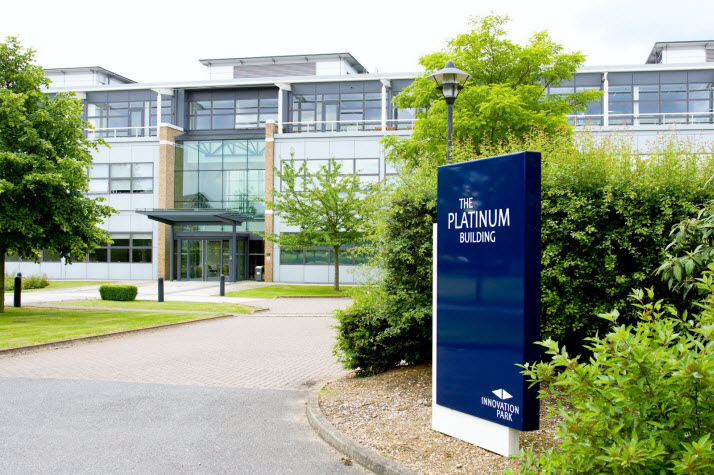
 By David M. Greenwald
By David M. Greenwald
Executive Editor
Smart Cities Dive has a report this week, “Fleeing ‘superstar’ cities, tech workers are moving to mid-size and smaller cities, causing housing, traffic concerns.” The report notes, “After many tech workers relocated to work remotely during the pandemic, smaller cities are now grappling with rising housing prices, traffic and homelessness.”
Sound familiar? Those are the exact issues we have been talking about for the last few years. Although I would argue that it preceded the pandemic and that if done correctly, it could be a positive for our community rather than a negative.
As noted in a report from Greater Sacramento Economic Council and Newmark this week, the Sacramento Region “is one of the fastest growing in California and one of the most diverse in the country. Just 88 miles from the Bay Area, the region’s talent pool is unmatched and investors are taking note. Over $13 billion was invested in Greater Sacramento over the last five years – with roughly $4 billion invested just in 2021.”
Indeed, “With all this activity, business relocation and expansion projects in the  region jumped 19% in the past year alone.”
region jumped 19% in the past year alone.”
Overall the White Paper found “the Greater Sacramento region is on a major growth trajectory as investment, population increase and expanding opportunities for talent and education go into overdrive.”
What the report from GSEC shows is that this is a huge opportunity for the Sacramento Region and Davis, home of UC Davis to bring in high paying tech jobs – bringing desperately needed revenue and technology transfer from UC Davis to Davis and the region.
What the Smart Cities Dive article shows is that what is happening in the Sacramento Region is part of a national trend – I think accelerated rather than caused by the pandemic.
The article notes, “A sizable chunk of people throughout the U.S. who have disconnected their jobs from their physical locations during the pandemic are moving away from large metro areas to mid-size and smaller cities. “
“Once you have people disconnecting their jobs from their locations, it gives them a lot of flexibility in where they live,” said Peter Haslag, assistant professor of finance at Vanderbilt University.
Experts like Mark Muro, a senior fellow with the Brookings Institute, note that the “superstar geography dominated by huge coastal metro areas” is not going away,
But as we have seen there is at least enough of an exodus away from the Bay Area and Silicon Valley to start changing the dynamics.
The article notes, “Between 2010 and 2019, the tech sector grew by 47% and added 1.2 million jobs, with about half the job creation occurring in eight areas: San Francisco, San Jose, California; Austin, Texas, Boston; Seattle, Los Angeles, New York City and the Washington, D.C area.”
Brookings also noted cities like Atlanta, Dallas and Kansas City also added tech jobs at the rate of three percent or more.
That’s now shifted, according to Brookings, during the pandemic.
What they found is that tech jobs slowed in those core areas but accelerated in places like Philadelphia, Minneapolis, Minnesota, Cincinnati, Ohio, and Nashville, Tennessee.
Or how about the Sacramento region?
The report from GSEC noted that Sacramento Region is ideally situated – close enough to the Bay Area and home of a highly educated and diverse workforce, but away from the impacted Bay Area housing market.
“Greater Sacramento has seen incredible market momentum over the past five years,” said GSEC President & CEO Barry Broome. “There’s been a real shift in how executives across the country and world view our region. These leaders recognize that Greater Sacramento is the place to do business in California.”
While areas of California and the nation have struggled, “Greater Sacramento’s regional economy showed incredible resilience during and after the pandemic as it continued to attract investments and make progress on significant projects”
Folsom’s PowerSchool, for example, saw its valuation rise to $3.5 billion following its IPO in 2021. UC Davis broke ground on Aggie Square, a $1.1 billion, 1.2 million-square-foot life science research park at its Sacramento campus, developed by Wexford Science & Technology.
In a release, GSEC noted, “To spotlight this growth and further entice others to the region, GSEC is launching the Capital Momentum campaign, an initiative that will highlight groundbreaking developments and opportunities within California’s capital region. The campaign will be geared toward decision-makers and national site selectors for major companies.”
Unlike other areas of California the Greater Sacramento Region has grown over the past five years and “is expected to grow even more over the next five.”
Peter Haslog noted that smaller metro areas are seeing population growth. He added, “those moving to these areas are likely to remain there long term, as many are mid-career and raising families.”
All of this lines up for places like Davis to take advantage.
In the GSEC release they noted a huge and growing innovation infrastructure, centered around the life sciences and places like Bayer CoLaborator, AgStart and Inventopia.
While the pandemic has upended things like traditional offices, GSEC found that even here, “office market remained stable over the last few years, in spite of the COVID-19 pandemic. The vacancy rate was 12.1% in the first quarter of 2022. Over the past two years, the office vacancy rate fluctuated between 10.1% to 12.1% but the quarterly vacancy changes were minimal.”
In addition, “industrial market not only survived the pandemic but thrived during it. Among the various sectors of commercial real estate, industrial real estate is uniquely positioned for success in the wake of the pandemic.”
The time is ripe for Davis and the Sacramento Region to take advantage of these opportunities.

